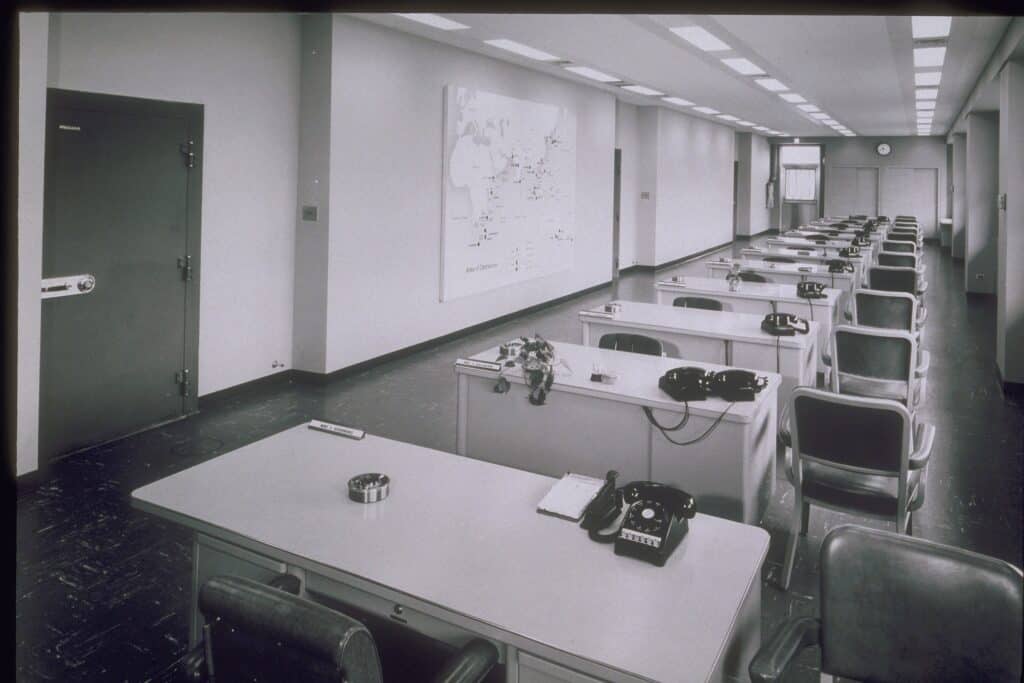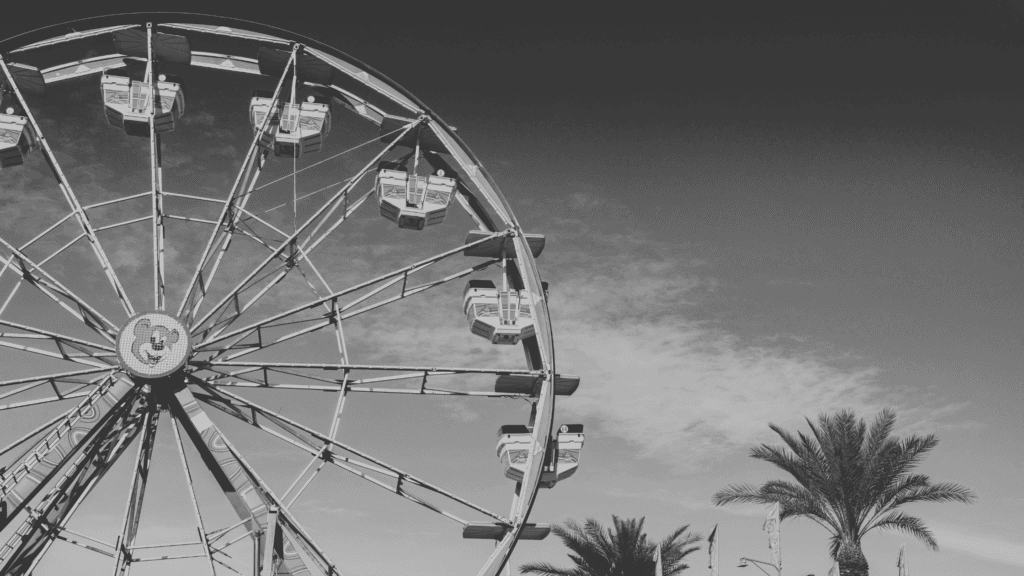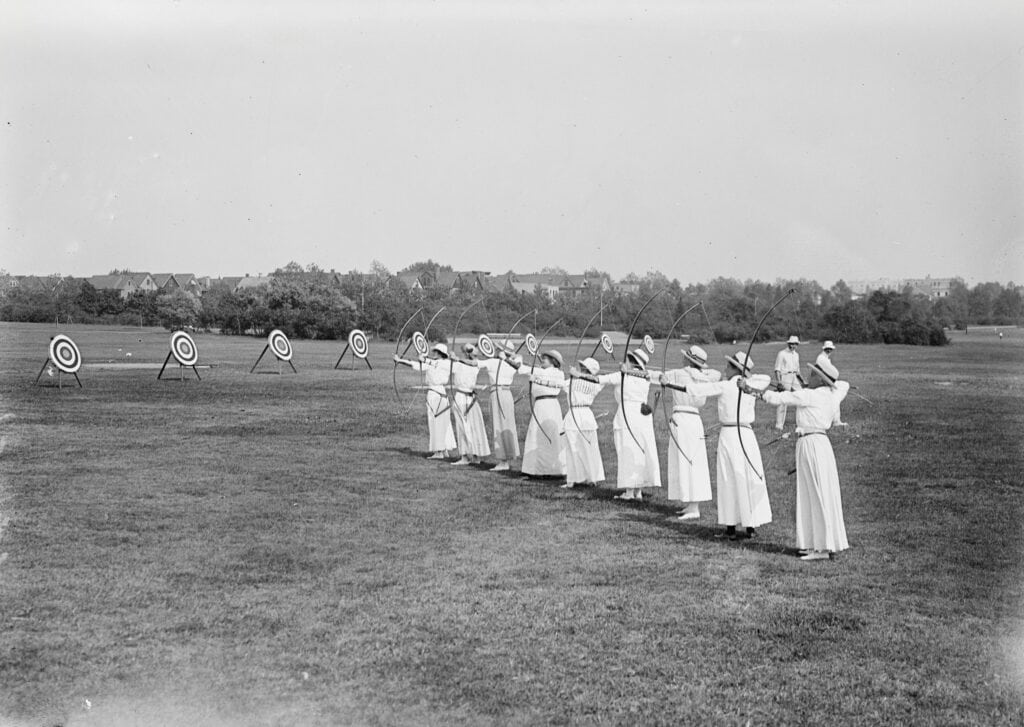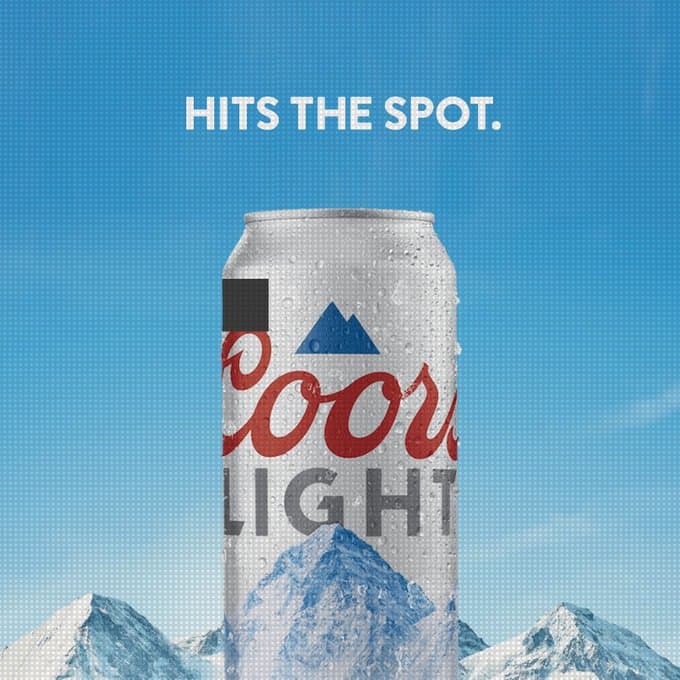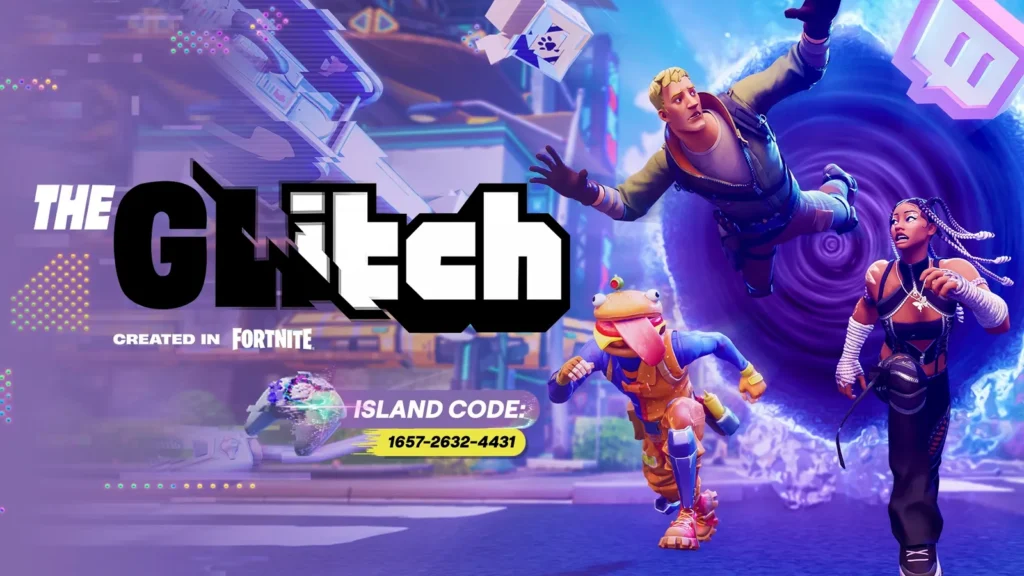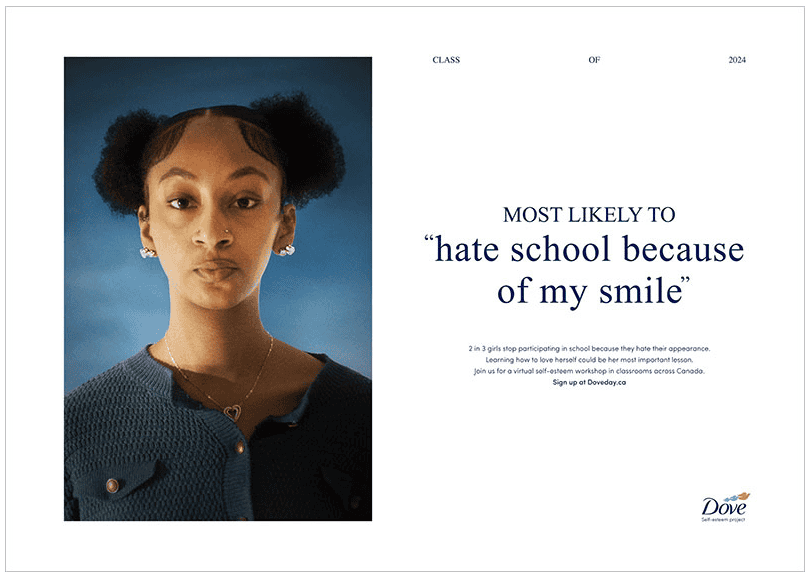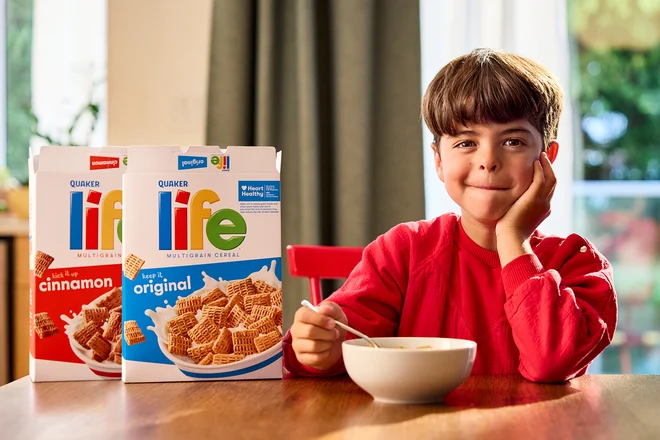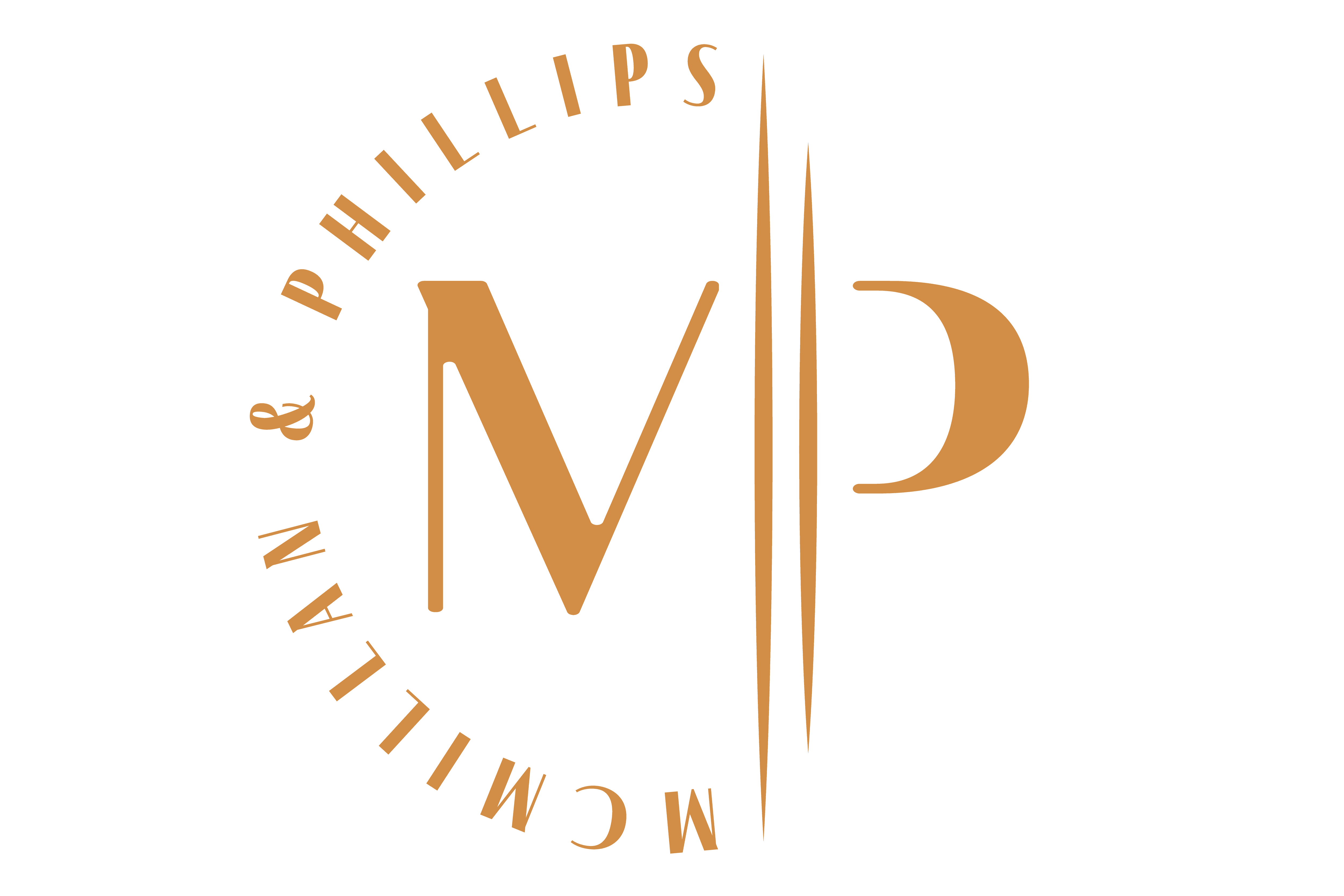Before you say it, we’ll say it. Yes, we are writing a blog about those oftentimes very annoying pop-ups that completely disrupt your viewing when on a website. Why you might ask? Let’s get into it.
A modal—also referred to as a modal window or lightbox—is a user interface element that shows up on your website on top of your existing page content. It typically deactivates the background content, making users interact with the modal before returning to the main page. Modals are used to focus a user’s attention on a specific task or piece of information, such as login forms, signup prompts, product details, or important messages.
Now, there’s a negative perception that many people have with modals. Can you blame them? One minute they’re reading your article about when to vacation in Maui, and the next, they’re so rudely interrupted by a prompt that they must interact with in order to resume reading. It’s completely ruining our content marketing efforts! (That’s actually not true, modals help immensely.)
But the power of modals lies in their ability to serve a multitude of purposes. They could be gateways to essential information, facilitators of user input, or even catalysts for driving conversions. Imagine a modal showcasing a product in detail, allowing users to zoom in on intricate features without navigating away from the main product page. Or picture a well-designed modal acting as a seamless login portal, granting access to exclusive content without the hassle of opening a new window.
These are a few ways that modals can become useful instead of just plain annoying. Let’s get into modals and share how to use them effectively to streamline the user journey.
Benefits of Modals
There are several advantages to using modals in web design that make them a popular choice. It’s why people still use them despite a negative connotation attached. A well thought out modal can:
- Focus attention on critical actions like logins, purchases, or announcements by temporarily blocking out the rest of the webpage.
- Improve user flow by keeping users on the current page for actions that don’t require a full page reload.
- Increase conversions by grabbing user attention to share special offers, collect email addresses, or promote new products.
- Reduce clutter to help keep your webpages clean since they only appear when activated.
- Provide versatility as they can display forms, photos, videos, or any content that requires focused user interaction.
Quick tip to actually make modals benefit you: Make sure your modals are clear, concise, and easy to close to avoid a negative impact on user experience.
Think your business could benefit from modals but not sure how to implement them? Schedule a call with us! We’d love to share our experience and why web design is one of the most important elements of brand strategy.
Types of Pop-Up Modals
Different types of modals serve their own unique purpose and to make your pop-up less annoying, it’s important to know where each type might fit into your strategy. While there are many, here are some of the more common modal types:
Lead Capture Modals
Lead capture modals are designed to collect user information, typically through forms. You’ll see these used for: signups to encourage users to subscribe to newsletters or mailing lists; lead generation to capture valuable contact information for potential sales leads; gated content as exclusive offers like downloadable white papers or e-books in exchange for user information.
Login/Signup Modals
These provide a streamlined login or sign up experience, and often replace the need for users to navigate to separate registration pages. Think of using these for both existing users and new users.
For existing users, you can allow registered users to log in quickly and securely, granting access to member-only areas. Regarding new users, you can facilitate a smooth signup process, encouraging users to create accounts and unlock additional website features.
Informational Modals
These are exactly what they sound like—providing important information to users. You can highlight messages that require user acknowledgment, such as age verification or cookie consent notices, or provide step-by-step guides or product demonstrations within a focused environment.
The extra leg up comes with special announcements to inform users about important website updates, new features, or upcoming promotions.
Lightbox Modals
These are where you show off images, videos, or other media content. You can let users zoom in on product details and explore features in a magnified view, or display multiple images within a single modal, creating a user-friendly way to browse through product photos or portfolio pieces. For videos, it gives you a dedicated space to avoid autoplay and not disrupt the user’s browsing experience.
Confirmation Modals
Confirmation modals seek user confirmation for specific actions. Think of these as add-to-cart confirmations to reassure users about their shopping cart selections before they check out. It could also be an unsubscribe confirmation to provide a clear opt-out option for users who wish to unsubscribe from your emails or notifications.
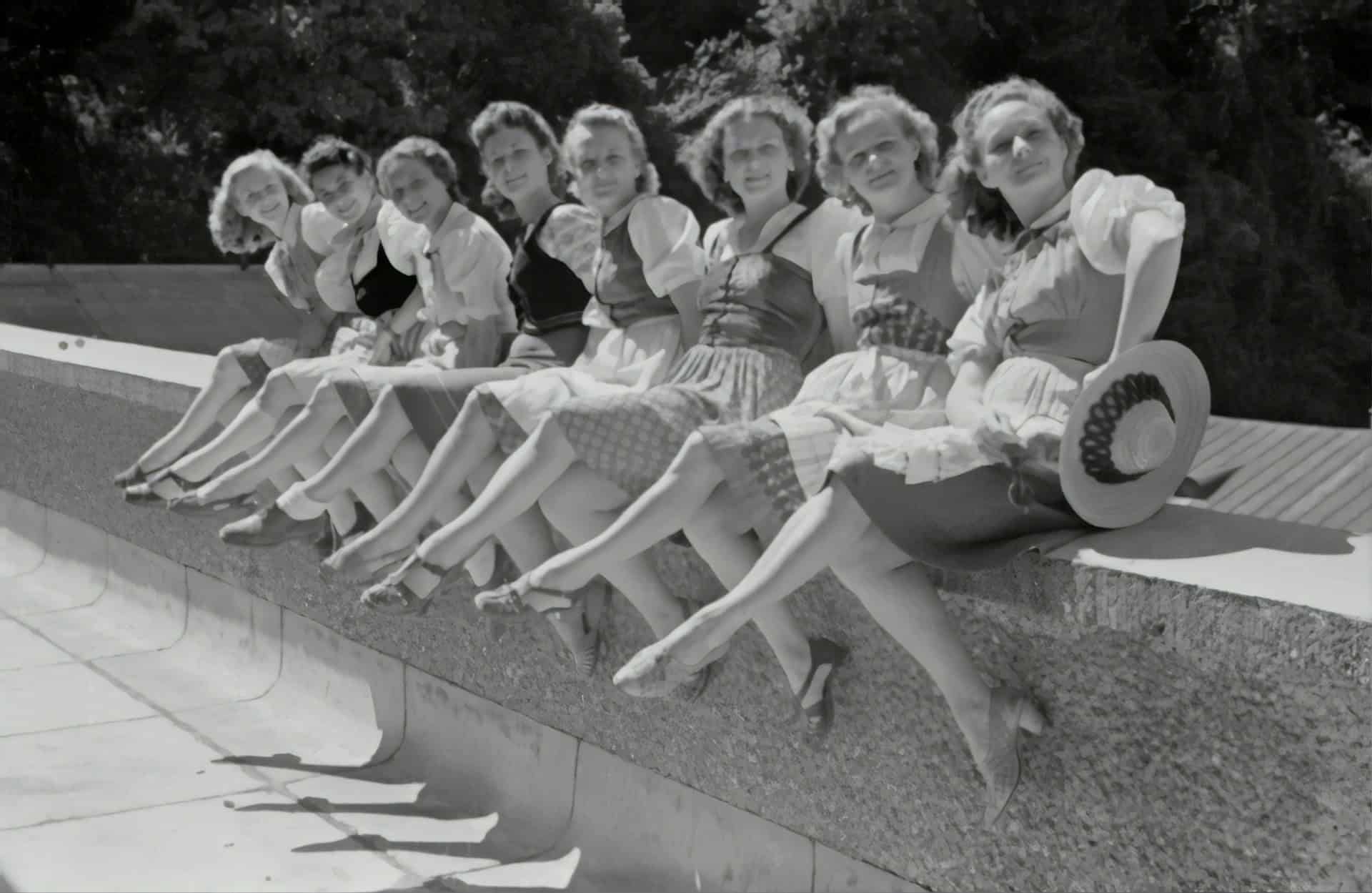
When Do Modals Appear?
Now that we’ve talked about common types of modals, when the heck do these things actually appear? Understanding the right point during the user journey to place a modal maximizes your impact without causing complete and utter annoyance.
Entry Pop-Ups
These appear right as a user lands on a specific webpage. Think of these as welcome messages to introduce them to your brand, promotional offers to capture interest off the bat, and lead capture to get contact information right at arrival.
Exit-Intent Pop-Ups
As a user’s cursor approaches the top of the browser window, that’s when this pop-up acts. What it’s really doing is making one last attempt before the user leaves the page. The idea is to keep them on your site to entice them with last minute offers, ask for their feedback, or try one last ditch effort to capture their email before they click away.
Scroll-Triggered Pop-Ups
As a user scrolls down a webpage, this modal pops up as they reach a specific point. Maybe you want to draw attention to specific content, like a new product launch. Maybe you’re offering additional information or resources to a paragraph on your web page. Or maybe you’re just trying to capture user information at a point where they’ve shown engagement with your content.
Time-Based Pop-Ups
These occur after a predetermined amount of time since the user landed on your webpage. The goal is really to keep them engaged. You can reconnect with users who might have been passively browsing, reminding them of the value your website offers, or create urgency around a limited time offer.
Click-Activated Pop-Ups
These appear when a user clicks on a specific button, image, or link and offers a more targeted approach compared to automatic pop-ups. Say a user clicks on a product image. This would activate a modal displaying a larger product view. Clicking a “Learn More” button could also activate a modal revealing additional details about a product or service.
Common Mistakes to Avoid
While modals offer a more user-friendly alternative to traditional pop-ups, there are still pitfalls to avoid.
- Don’t be totally disruptive. Avoid bombarding users with excessive modals or activating them at inopportune times. You want to enhance their journey, not detract from it.
- Avoid falling flat with content. The point of these is to drive clear and concise action so make your point, direct your users where you want, and let them have control.
- Overlook A/B testing. Don’t be afraid to try variations of your modals in terms of design, content, when they’re activated, and CTAs. You want to find what resonates best with your audience.
Using modals in your web design can be a real asset to your business. But you gotta know how to use ‘em. We have tons of experience with modals, working to drive leads or gather information. Schedule a discovery call with us. We’d love to share more of our experience and hear what your goals are regarding modals.


